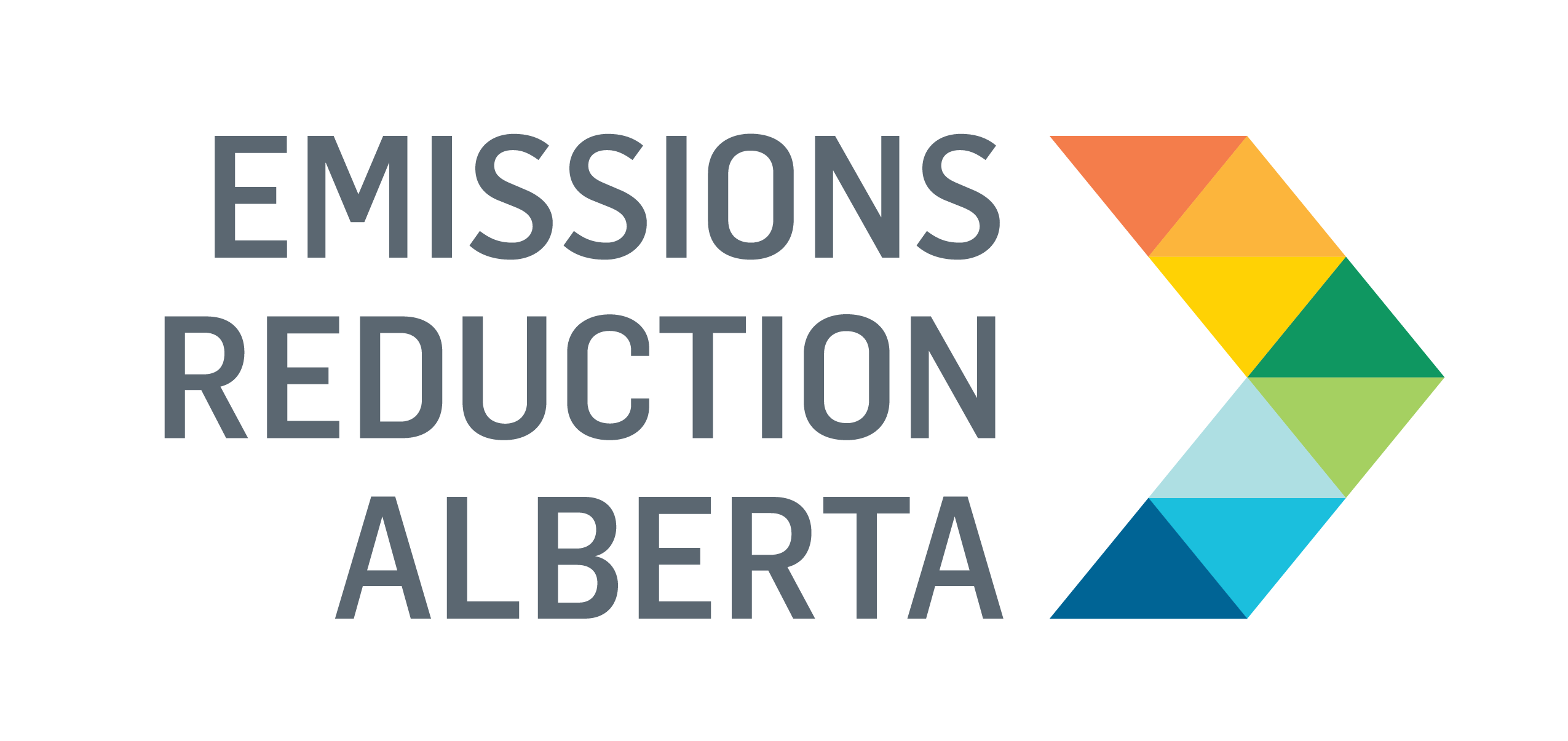There’s only one 70-kilometre-long distribution line connecting the Town of Waterton to the grid. So, the age-old philosophical question “if a tree falls in the forest” never used to apply to them—they knew it fell if it knocked out their power.
FortisAlberta, who supplies more than half-a-million customers in central and southern Alberta, has devised a first-of-its-kind battery storage system for the Waterton Lakes National Park townsite. It has been fully operational since the fall of 2022.
The solution is a combined Battery Energy Storage Solution, or BESS, with solar voltaic renewable generation; a microgrid meant to transfer the community between grid and battery supply when needed.

“We see close to 500,000 visitors a year, so having that reliable power for both our businesses and our own operations, really is important for safety and a quality experience,” said Dallas Meidinger, External Relations Manager, Waterton Lakes National Park.
The Town of Waterton is prone to higher-than-normal outages due to its long distance from the nearest substation and the natural terrain in the area. The FortisAlberta Waterton Energy Storage Project enables the community to maintain power and support emergency services during an outage.
Power outages have a huge impact on summer-only businesses in Waterton National Park and can greatly affect the tourist experience. The technology solution will improve grid reliability for residents, businesses, and visitors.
During the 2017 Kenow wildfire, transmission lines from the boundary to the townsite were damaged and FortisAlberta crews had to make repairs. With just the single line supplying power, outages meant a waiting game as crews worked to restore power.
“We were met with two options: construct a second power line in case of an outage to the first, or come up with something totally different,” said Janine Sullivan, President & CEO, FortisAlberta.
The $6 million project received almost $1.3 million in funding from ERA. It also had support from Alberta Innovates and Natural Resources Canada’s Smart Grid Program.
Demonstrating the integration of BESS and solar PV systems will provide insight into future applications with project learnings shared with industry throughout Alberta.
